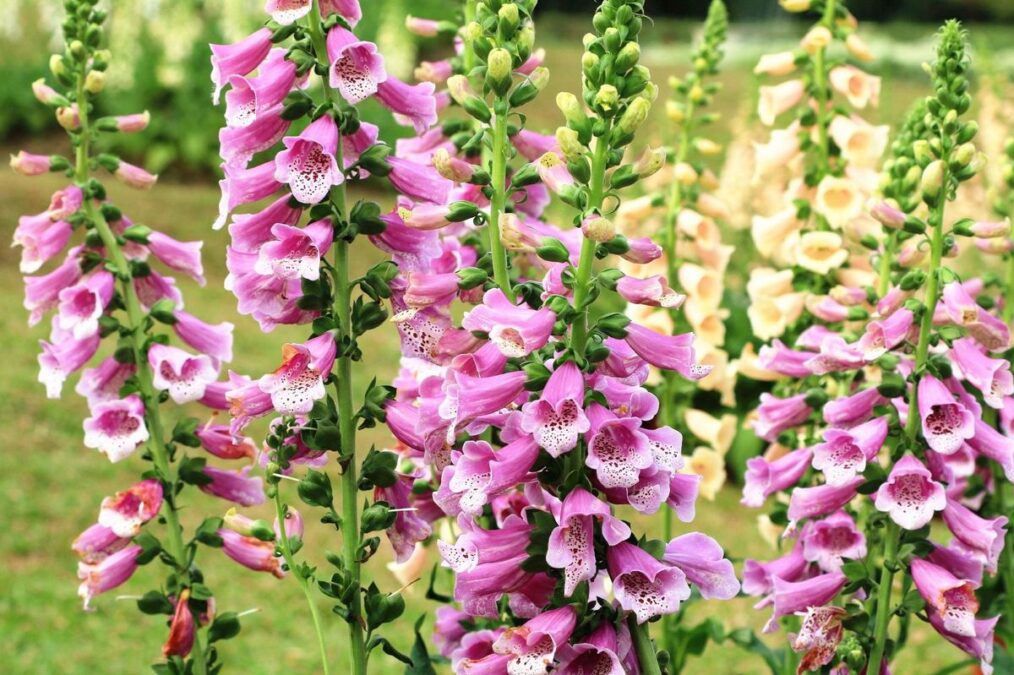Introduction
Nature is filled with wonders, but few plants carry as much intrigue as the foxglove gumshoe. This plant, with its vibrant blooms and rich history, stands out not just for its beauty but also for its mysterious qualities. Whether you’re a botanist, a gardening enthusiast, or simply curious about nature’s hidden gems, the foxglove gumshoe offers a compelling story that intertwines science, folklore, and horticulture.
The Origin of the Foxglove Gumshoe
The name foxglove gumshoe might sound like something out of a detective novel, but its origins are deeply rooted in both botany and folklore. The term “foxglove” comes from the Old English “foxes glofa,” meaning “fox’s glove.” According to legend, foxes would wear the bell-shaped flowers on their paws to sneak silently through the woods. The “gumshoe” part of the name emphasizes the plant’s association with stealth and mystery, likening it to a detective who solves nature’s puzzles.
Botanical Characteristics
The foxglove gumshoe, known scientifically as Digitalis purpurea, is a biennial plant native to Europe but now found worldwide. Its tall spikes of tubular flowers come in shades of purple, pink, white, and yellow, attracting bees and hummingbirds. Beyond its beauty, the plant is known for its cardiac glycosides, compounds used in heart medications.
Growth and Care
Growing a foxglove gumshoe in your garden requires some attention to detail. Here are the basics:
- Soil: Prefers well-drained, slightly acidic soil.
- Light: Thrives in partial shade but can tolerate full sun in cooler climates.
- Water: Requires regular watering, especially during dry spells.
- Spacing: Needs space to grow tall without crowding other plants.
Medicinal Uses and Toxicity
One of the most fascinating aspects of the foxglove gumshoe is its dual nature. While it is a source of digitalis, a compound critical for treating heart conditions, it is also highly toxic if ingested improperly. This duality has contributed to the plant’s mysterious and almost dangerous reputation.
Historical Use
Historically, foxglove was used in folk medicine for various ailments, but it wasn’t until the 18th century that its cardiac benefits were scientifically recognized. Dr. William Withering, an English botanist and physician, was the first to document its use in treating heart failure.
Safety Precautions
Despite its medicinal properties, the foxglove gumshoe should be handled with care. All parts of the plant are toxic, and ingestion can lead to severe health issues, including nausea, vomiting, and heart irregularities. Always wear gloves when handling the plant and keep it out of reach of children and pets.
The Foxglove Gumshoe in Folklore and Culture
The foxglove gumshoe has captured imaginations for centuries, appearing in folklore, literature, and even modern media. Its association with fairies, magic, and mystery has made it a symbol of both beauty and danger.
Folklore and Legends
In many cultures, foxgloves are linked to fairies. Some legends suggest that the flowers were gifts from fairies to foxes, allowing them to move silently. Others believe that the plant’s presence indicates a fairy’s dwelling nearby.
Literary References
The foxglove gumshoe has also found its way into literature. Poets and authors have used its imagery to convey themes of mystery, beauty, and hidden danger. Its striking appearance and complex symbolism make it a favorite among writers.
How to Incorporate Foxglove Gumshoe in Your Garden
Adding a foxglove gumshoe to your garden can enhance its aesthetic appeal and attract pollinators. However, it’s essential to plant it thoughtfully, considering both its beauty and toxicity.
Design Tips
- Borders and Backgrounds: Use foxgloves to create height and color in garden borders.
- Cottage Gardens: Their old-world charm makes them perfect for cottage-style gardens.
- Wildlife Gardens: Attract bees, butterflies, and hummingbirds with their nectar-rich flowers.
Companion Planting
Foxgloves pair well with other shade-loving plants like hostas, ferns, and astilbes. Their tall, spiky flowers contrast beautifully with the broad leaves and low growth of these companions.

Frequently Asked Questions (FAQs)
What is a foxglove gumshoe?
The foxglove gumshoe is a term that combines the plant Digitalis purpurea (commonly known as foxglove) with “gumshoe,” a slang term for a detective, highlighting the plant’s mysterious and intriguing nature.
Is the foxglove gumshoe safe to grow at home?
Yes, but caution is needed. All parts of the plant are toxic if ingested. It’s advisable to wear gloves when handling it and to keep it away from children and pets.
Can foxglove gumshoe be used medicinally?
While the plant contains compounds used in heart medications, self-medicating with foxglove is dangerous and should be avoided. Always consult a healthcare professional.
How do you care for a foxglove gumshoe plant?
Foxglove gumshoe thrives in well-drained soil with partial shade. Regular watering and spacing for airflow are essential to prevent disease.
What are the common pests and diseases affecting foxglove gumshoe?
Common issues include aphids, slugs, and fungal diseases like powdery mildew. Regular monitoring and proper spacing can help manage these problems.
Conclusion
The foxglove gumshoe is more than just a beautiful plant; it’s a symbol of nature’s complexity, blending beauty with danger, and folklore with science. Whether you’re drawn to its striking appearance, intrigued by its medicinal history, or fascinated by its cultural significance, the foxglove gumshoe offers endless opportunities for exploration. With proper care and respect for its toxic nature, this plant can be a captivating addition to any garden, embodying the mystery and wonder that only nature can provide.
Embrace the allure of the foxglove gumshoe and let this enigmatic plant add a touch of mystery to your botanical adventures.




